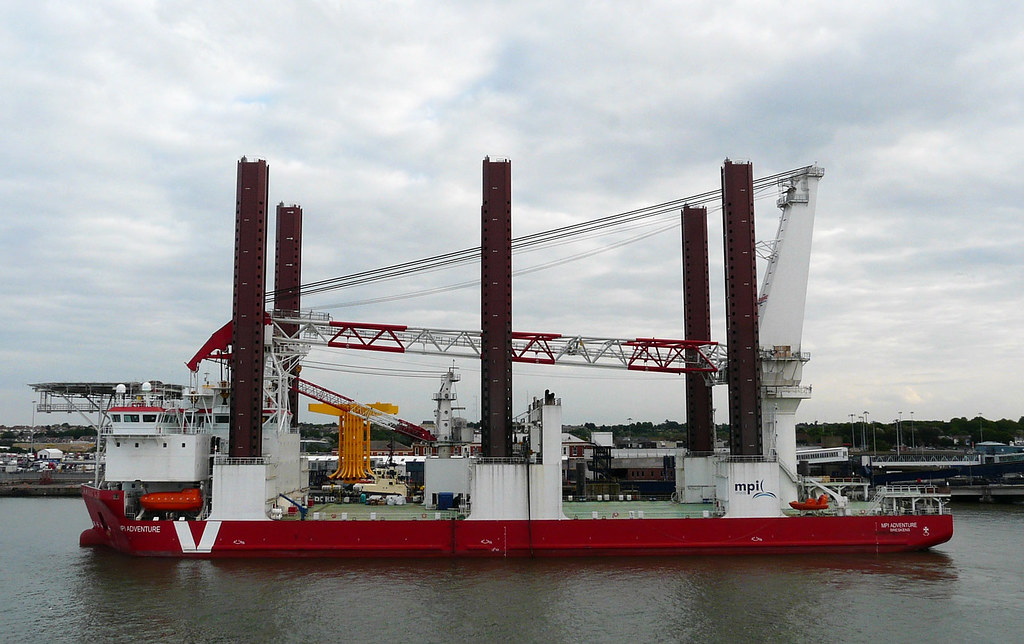Constantly the mining of minerals has led to the pollution of the environment due to fossil fuels. The researchers and environmentalists were worried about the rate of pollution due to crude oil mining. Pollution was not the only worry, but the fuel demand will be more than the provision in the next coming decade, which was catastrophic to the world’s economy. It was of high importance to find a renewable energy source to prevent further damage to the environment. Through the International Quality Indicator Project, IQIP, a better, nontoxic, and dependable renewable energy source was obtained through a monopile foundation structure.
Our offshore wind subdivision developed wind turbines that are monopile-based and have developed over the years. The turbines’ size increase over time, and their location move into deep water; thus, the introduction of floating vessels became the most affordable and practical choice. IQIP developed vessels and machinery that can start by producing the turbines till their installation. With our skills, managing equipment, and harmers, we install turbines no matter how big the required size is. The steel tubular piles are made out of steel and or a higher dimension than the common monopiles. The factory responsible for producing such tubular piles is usually located near offshore to avoid difficulties in their transportation due to their significant weight.
There is a similarity between the vessels used in installing the tubular piles and the ones needed in the gas and oil industry; thus, a few vessels already existed. The limitation is that you cannot use the vessels simultaneously over the two undertakings. There are two significant installation vessels.
- The Jack-up stand has a buoyant hull and attached metallic stands which penetrate deep into the water to uplift the boat, giving it stability. The same technology is used in the gas industry and is the standard installation method for monopiles.
- The Heavy-Lift Vessels have an extensive crane capacity alongside being stable enough for the installation, making them more expensive.
The installation process comes with some challenges, especially when done with the Jack-Up Stand.
- The potential extension for penetration by the metallic stands is limited.
- The Jack-Up stand requires a feeder vessel for the operation to be effective.
For the installation, the mooring line used for the provision of a station during the process is the one in use frequently. A pile gripper sustains the monopile in an upright position and is maintained through the help of a holding frame. The grip frame exerts a force upon the vessel, which creates an increased vessel footprint. The work assessment is usually conducted on a floating station, and all the impacts of the forces being analyzed. Before this installation activity, a simulation is conducted. The vessel is exposed to all possible environmental conditions to avoid faultiness and analyze all possible actual installation exercises.
The monopiles should have limited interaction with soil to prevent the creation of an unstable and inverted pendulum. Through monopiles, the climate goals are no longer a dream but becoming a reality.

